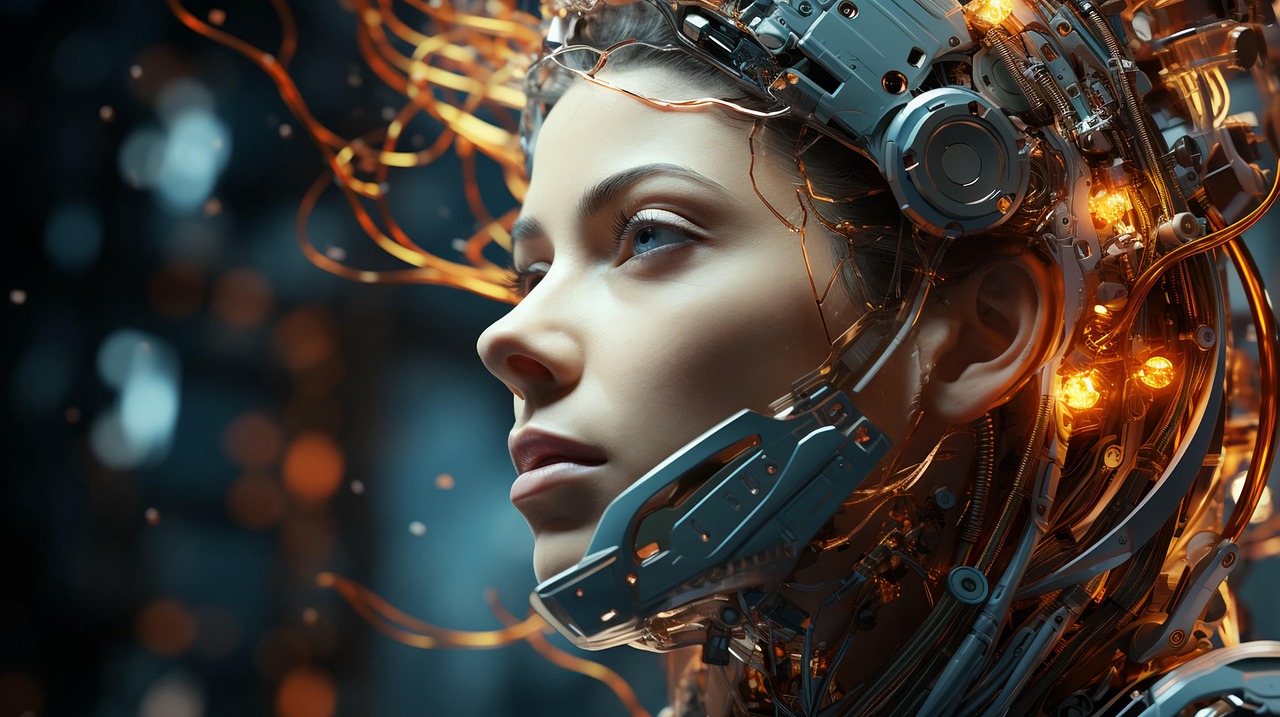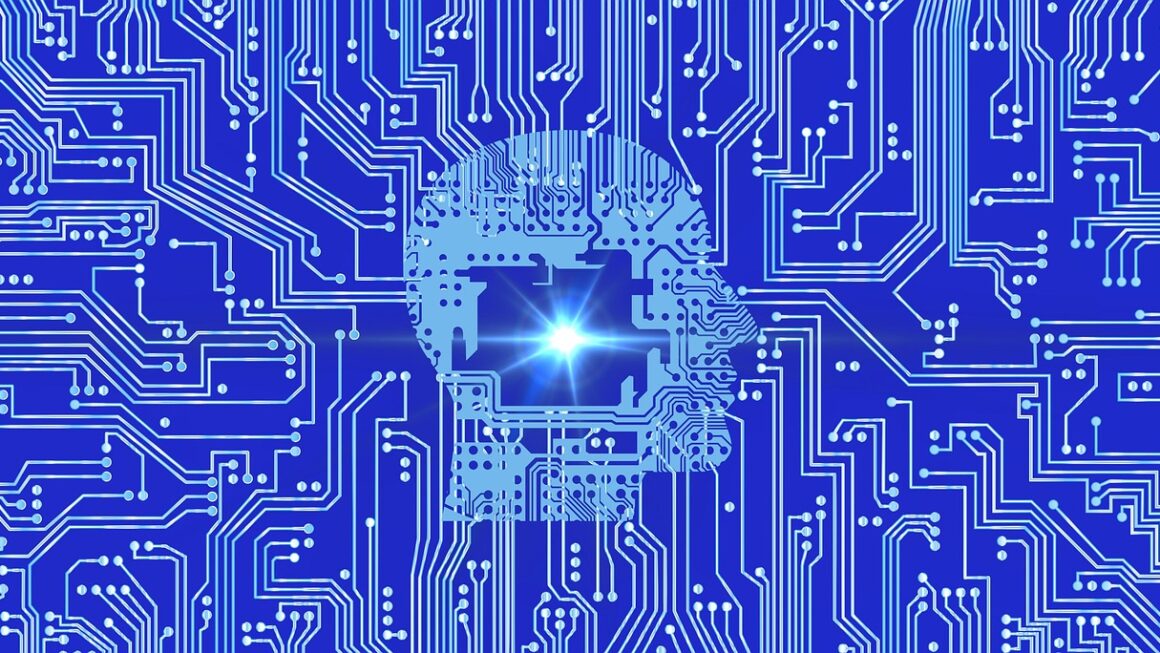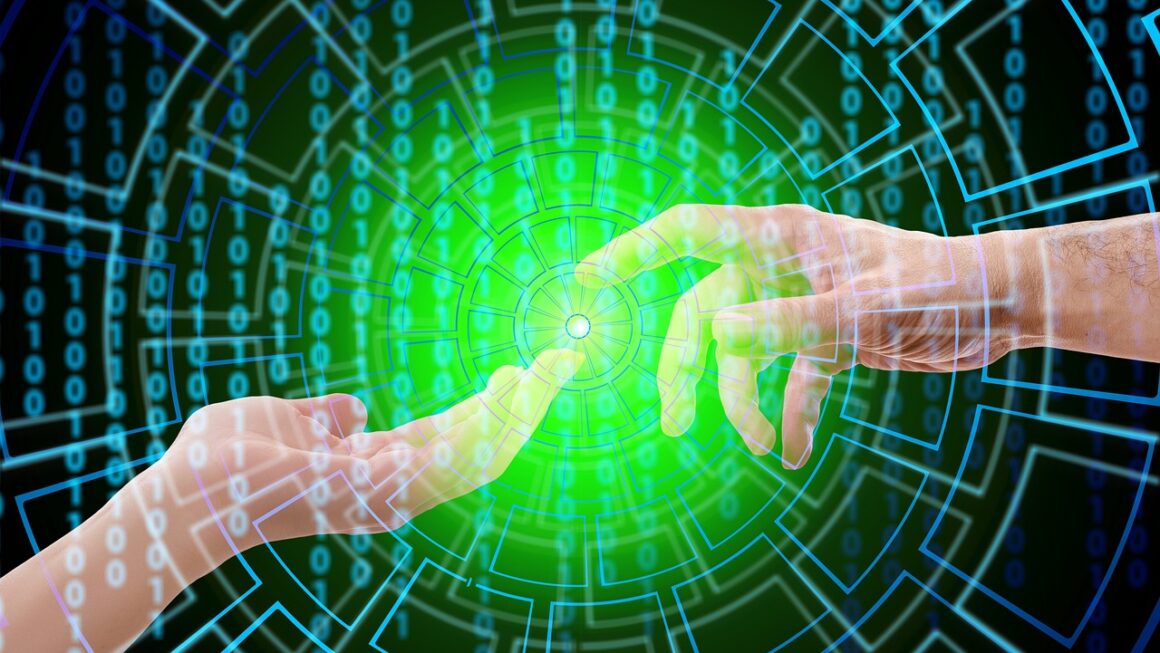Imagine a world where machines can “see” and understand the world around them just like we do. This isn’t science fiction; it’s the rapidly advancing field of computer vision. From self-driving cars to medical diagnostics, computer vision is revolutionizing industries and shaping the future of technology. This blog post will delve into the core concepts, applications, and future trends of this exciting field, providing a comprehensive overview for both beginners and those looking to deepen their understanding.
What is Computer Vision?
Defining Computer Vision
Computer vision is an interdisciplinary field of artificial intelligence (AI) that enables computers to “see” and interpret images and videos. It involves developing algorithms and models that allow machines to extract meaningful information from visual data, mimicking the human visual system. This extracted information can then be used for various tasks, such as object detection, image classification, and scene understanding.
How Computer Vision Works
At its core, computer vision relies on machine learning techniques, particularly deep learning, to train models on vast datasets of images and videos. These models learn to recognize patterns and features within the visual data, allowing them to identify objects, classify images, and understand the context of a scene. The process generally involves:
- Image Acquisition: Capturing images or videos using cameras or sensors.
- Image Preprocessing: Cleaning and enhancing the image data to improve the performance of subsequent steps. This can include noise reduction, contrast adjustment, and resizing.
- Feature Extraction: Identifying and extracting relevant features from the image, such as edges, corners, and textures. Traditional methods include SIFT (Scale-Invariant Feature Transform) and HOG (Histogram of Oriented Gradients), while deep learning models automatically learn these features.
- Object Detection and Classification: Identifying objects of interest within the image and classifying them into predefined categories. Algorithms like YOLO (You Only Look Once) and Faster R-CNN are commonly used for this purpose.
- Scene Understanding: Interpreting the overall context of the image or video, including the relationships between objects and the environment.
Key Differences from Image Processing
While often confused, computer vision and image processing are distinct fields. Image processing primarily focuses on manipulating images to improve their quality or extract specific information, without necessarily understanding the content of the image. Computer vision, on the other hand, aims to understand the content and context of an image, enabling machines to perform tasks that require visual perception. Think of it this way: image processing is like Photoshop, while computer vision is like understanding what’s in the photo.
Applications of Computer Vision
Self-Driving Cars
Computer vision is the cornerstone of autonomous vehicles. It allows cars to:
- Detect and classify objects: Identifying pedestrians, vehicles, traffic signs, and other obstacles in real-time.
- Lane detection: Recognizing lane markings and maintaining the vehicle’s position within the lane.
- Navigation: Mapping the environment and planning the optimal route.
- Example: Tesla’s Autopilot system heavily relies on computer vision to interpret the vehicle’s surroundings.
Medical Imaging
Computer vision is transforming healthcare by enabling:
- Disease detection: Identifying tumors, lesions, and other abnormalities in medical images like X-rays, MRIs, and CT scans.
- Diagnosis assistance: Providing doctors with automated analysis and insights to improve diagnostic accuracy.
- Surgical guidance: Assisting surgeons during minimally invasive procedures by providing real-time visualization and navigation.
- Example: Google’s LYNA (Lymph Node Assistant) uses computer vision to detect metastatic breast cancer in lymph node biopsies with high accuracy.
Manufacturing and Quality Control
Computer vision streamlines manufacturing processes by:
- Defect detection: Identifying imperfections in products on assembly lines.
- Automated inspection: Ensuring products meet quality standards without human intervention.
- Robotics guidance: Enabling robots to perform complex tasks with precision.
- Example: Automated optical inspection (AOI) systems use computer vision to inspect printed circuit boards (PCBs) for defects.
Retail and Security
Computer vision is enhancing retail experiences and improving security measures:
- Facial recognition: Identifying customers for personalized service or detecting potential threats.
- Inventory management: Tracking products on shelves and optimizing inventory levels.
- Security surveillance: Monitoring areas for suspicious activity and detecting unauthorized access.
- Example: Amazon Go stores use computer vision to track what customers pick up and automatically charge them when they leave.
Core Techniques in Computer Vision
Image Classification
Image classification is the task of assigning a label to an entire image, indicating what the image contains.
- Convolutional Neural Networks (CNNs): CNNs are the dominant architecture for image classification due to their ability to automatically learn relevant features from images.
- Datasets: Large, labeled datasets like ImageNet are crucial for training image classification models.
- Example: Classifying an image as either “cat” or “dog.”
Object Detection
Object detection goes beyond image classification by identifying and locating multiple objects within an image.
- Bounding Boxes: Object detection algorithms typically output bounding boxes that enclose each detected object.
- YOLO (You Only Look Once): A popular real-time object detection algorithm known for its speed and accuracy.
- Faster R-CNN: Another widely used object detection algorithm that offers high accuracy but is generally slower than YOLO.
- Example: Identifying and locating all the cars, pedestrians, and bicycles in a street scene.
Image Segmentation
Image segmentation involves partitioning an image into multiple segments or regions, grouping pixels with similar characteristics.
- Semantic Segmentation: Assigning a semantic label to each pixel in the image, indicating what category it belongs to (e.g., road, sky, building).
- Instance Segmentation: Distinguishing between different instances of the same object class (e.g., separating individual cars in a parking lot).
- Applications: Medical imaging, autonomous driving, and satellite imagery analysis.
Pose Estimation
Pose estimation aims to identify and track the position and orientation of objects or humans within an image or video.
- Keypoints: Algorithms detect specific keypoints on the object or human body, such as joints or facial landmarks.
- Applications: Human-computer interaction, motion capture, and robotics.
- Example: Tracking the movement of a dancer in a video.
Challenges and Future Trends
Data Requirements
Computer vision models, especially deep learning models, require massive amounts of labeled data for training. This can be a significant challenge, particularly for niche applications where data is scarce or expensive to acquire. Techniques like data augmentation and transfer learning can help mitigate this issue.
Computational Power
Training and deploying complex computer vision models require significant computational resources, including powerful GPUs and specialized hardware. Cloud-based solutions and edge computing are becoming increasingly important for addressing this challenge.
Interpretability and Explainability
Understanding why a computer vision model makes a particular decision is crucial for building trust and ensuring fairness. Research is ongoing to develop more interpretable and explainable AI models.
Future Trends
- Explainable AI (XAI): Developing models that can explain their decisions and provide insights into their reasoning.
- Edge Computing: Deploying computer vision algorithms on edge devices like smartphones and cameras to enable real-time processing and reduce latency.
- Generative AI: Using generative models to create synthetic data for training computer vision models and generating realistic images and videos.
- 3D Computer Vision: Moving beyond 2D images and videos to analyze and understand 3D scenes.
Conclusion
Computer vision is a dynamic and rapidly evolving field with the potential to transform countless industries. From self-driving cars to medical diagnostics, its applications are vast and constantly expanding. By understanding the core concepts, techniques, and challenges of computer vision, you can gain valuable insights into the future of technology and its impact on our world. As research continues and computational power increases, we can expect even more groundbreaking advancements in this exciting field in the years to come. Keep an eye on the developments as computer vision shapes our future.




